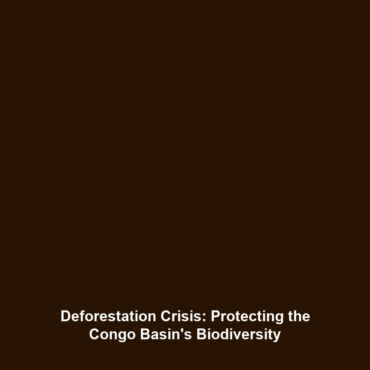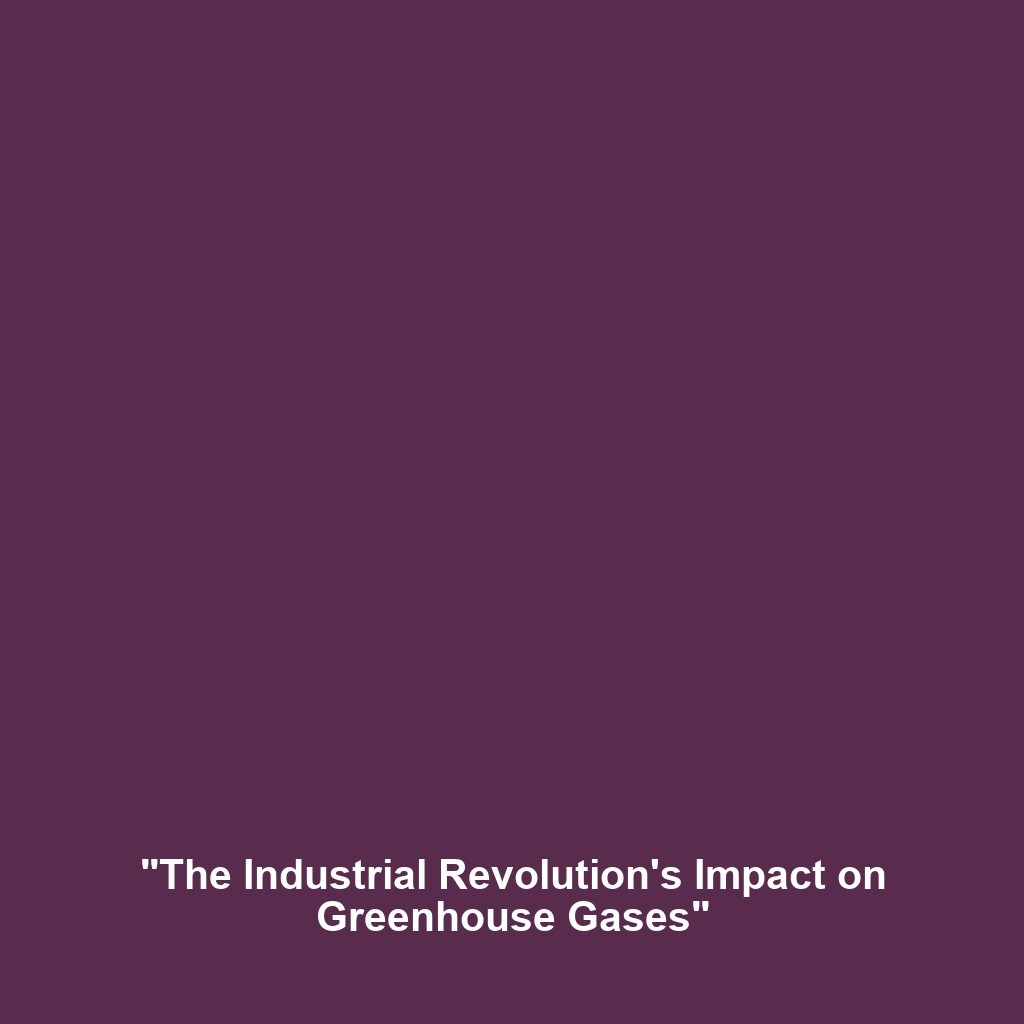Central Africa: Deforestation in the Congo Basin
Introduction
The Congo Basin, a vital ecological zone situated in Central Africa, plays a crucial role in maintaining global biodiversity and climate balance. However, the region faces severe threats from deforestation, driven by factors like industrial logging, agriculture, and climate change. Understanding the dynamics of deforestation in the Congo Basin not only highlights the challenges faced by this unique ecosystem but also emphasizes its significance within the broader context of biodiversity loss. This article aims to delve into the key concepts, real-world applications, challenges, and future innovations related to deforestation in this critical region.
Key Concepts
Understanding Deforestation in the Congo Basin
Deforestation in the Congo Basin fundamentally alters the habitat of countless species and disrupts ecological balance. The following key concepts are crucial to understanding this issue:
- Biodiversity Hotspot: The Congo Basin is one of the world’s most bio-diverse regions, home to unique flora and fauna.
- Climate Change Mitigation: Rainforests act as carbon sinks, absorbing CO2 and thus combating climate change.
- Socioeconomic Impact: Deforestation affects local communities that rely on forests for their livelihoods.
These concepts underline how the Congo Basin’s deforestation intersects with the global crisis of biodiversity loss.
Applications and Real-World Uses
The deforestation of the Congo Basin has far-reaching applications and implications for environmental policies and conservation strategies. Some significant applications include:
- Conservation Efforts: Initiatives to restore forest cover and promote sustainable practices are critical in combating the effects of deforestation.
- Ecosystem Services: Understanding the value of ecosystem services, like clean water and habitat provision, informs policy decisions.
- Research and Education: Studying deforestation patterns in this region serves as a case study for global conservation efforts.
These real-world applications show how the Congo Basin’s deforestation is entwined with urgent issues in biodiversity conservation.
Current Challenges
Studying and addressing deforestation in the Congo Basin involves several challenges:
- Lack of Data: Inadequate data on forest ecosystems hinders effective policy-making.
- Illegal Logging: Ongoing illegal logging activities contribute to forest degradation.
- Political Instability: Conflicts in the region complicate conservation efforts.
- Economic Pressures: Growing agricultural demands often outweigh conservation needs.
These issues highlight the complexities of addressing deforestation within the context of biodiversity loss.
Future Research and Innovations
The future of deforestation research in the Congo Basin will likely focus on technological innovations and new methodologies:
- Remote Sensing Technologies: Utilizing satellite imagery and drones for timely monitoring of deforestation.
- Biotechnological Solutions: Developing drought-resistant plant species to sustain forest ecosystems.
- Community-Based Approaches: Empowering local communities through education and involvement in conservation practices.
These innovations could play a pivotal role in mitigating the impacts of deforestation and promoting biodiversity preservation in the region.
Conclusion
Deforestation in the Congo Basin has profound implications for both the local ecosystem and global biodiversity. It is crucial to engage in sustained efforts to combat this environmental crisis, emphasizing conservation, sustainable practices, and research. As the world becomes increasingly aware of the importance of biodiversity, the Congo Basin serves as a key area for study and action. For further reading on biodiversity loss and conservation strategies, visit our related articles on conservation strategies and biodiversity protection.

